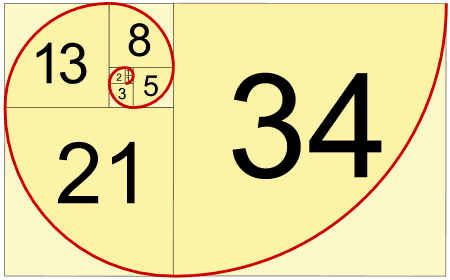Learning
Objective: Students
will identify number patterns and use conjectures
to predict the next terms in the pattern
Part 1
Describe (in words) the pattern in each
sequence of numbers and use that pattern to fill in the next two numbers in the
sequence.
a. 1, 3, 5, 7, 9, __,
__
Pattern ______________________
Next two numbers ____, _____
b. 2, 5, 8, 11, 14, __,
__
Pattern ______________________
Next two numbers ____, _____
c. 4, 9, 14, 19, 24,
29, __, __
Pattern ______________________
Next two numbers ____, _____
d. 10, 20, 30, 40, 50,
__, __
Pattern ______________________
Next two numbers ____, ____
Bonus: 3, 5.5, 8, 10.5,
13, __, __
Pattern ______________________
Next two numbers ____, _____
Wrap up: What do all of these number sequences have in
common?
________________________________________________________
Enrichment: Make up your own number sequence that follows the
same kind of rule you identified in this section.
________________________________________________________
Part II
Describe (in words) the pattern in each
sequence of numbers and use that pattern to fill in the next two numbers in the
sequence.
a. 25, 20, 15, 10, ___, ____
Pattern ______________________
Next two numbers ____, _____
b. 25, 21, 17, 13, 9, __, __
Pattern ______________________
Next two numbers ____, _____
c. 14, 8, 2, -4, __, __
Pattern ______________________
Next two numbers ____, _____
d. 1, -1, -3, -5, __, __
Pattern ______________________
Next two numbers ____, _____
Bonus: 9, 7.5,
6, 4.5, 3, __, ___
Pattern ______________________
Next two numbers ____, _____
Wrap up: What do all of these number sequences have in
common?
________________________________________________________
Enrichment: Make up your own number sequence that follows the
same kind of rule you identified in this section.
________________________________________________________
Part III
Describe (in words) the pattern in each
sequence of numbers and use that pattern to fill in the next two numbers in the
sequence.
a. 2, 4, 8, 16, 32, __, __
Pattern ______________________
Next two numbers ____, _____
b. 4, 12, 36, 108, __,
__
Pattern ______________________
Next two numbers ____, _____
c. 40, 20, 10, 5, __,
__
Pattern ______________________
Next two numbers ____, _____
d. 1, 5, 25, 125, __, __
Pattern ______________________
Next two numbers ____, _____
Bonus: 10, 15, 22.5,
33.75, __, __
Pattern ______________________
Next two numbers ____, _____
Wrap up: What do all of these number sequences have in
common?
_______________________________________________________
Enrichment: Make up your own number sequence that follows the
same kind of rule you identified in this section.
________________________________________________________
Part IV
Describe (in words) the pattern in each
sequence of numbers and use that pattern to fill in the next two numbers in the
sequence.
a. 1, 4, 5, 9, 14, __, __
b. 5, 6, 11, 17, 28, __, __
c. 14, 20, 34, 54, 88,
__, __
d. 0, 2, 2, 4, 6, 10,
__, __
Bonus: 1, 2, 3, 6, 11, 20, 37, __, __
Wrap up: What do all of these number sequences have in
common?
_______________________________________________________
Enrichment: Make up your own number sequence that follows the
same kind of rule you identified in this section.
________________________________________________________


























com.jpg)


